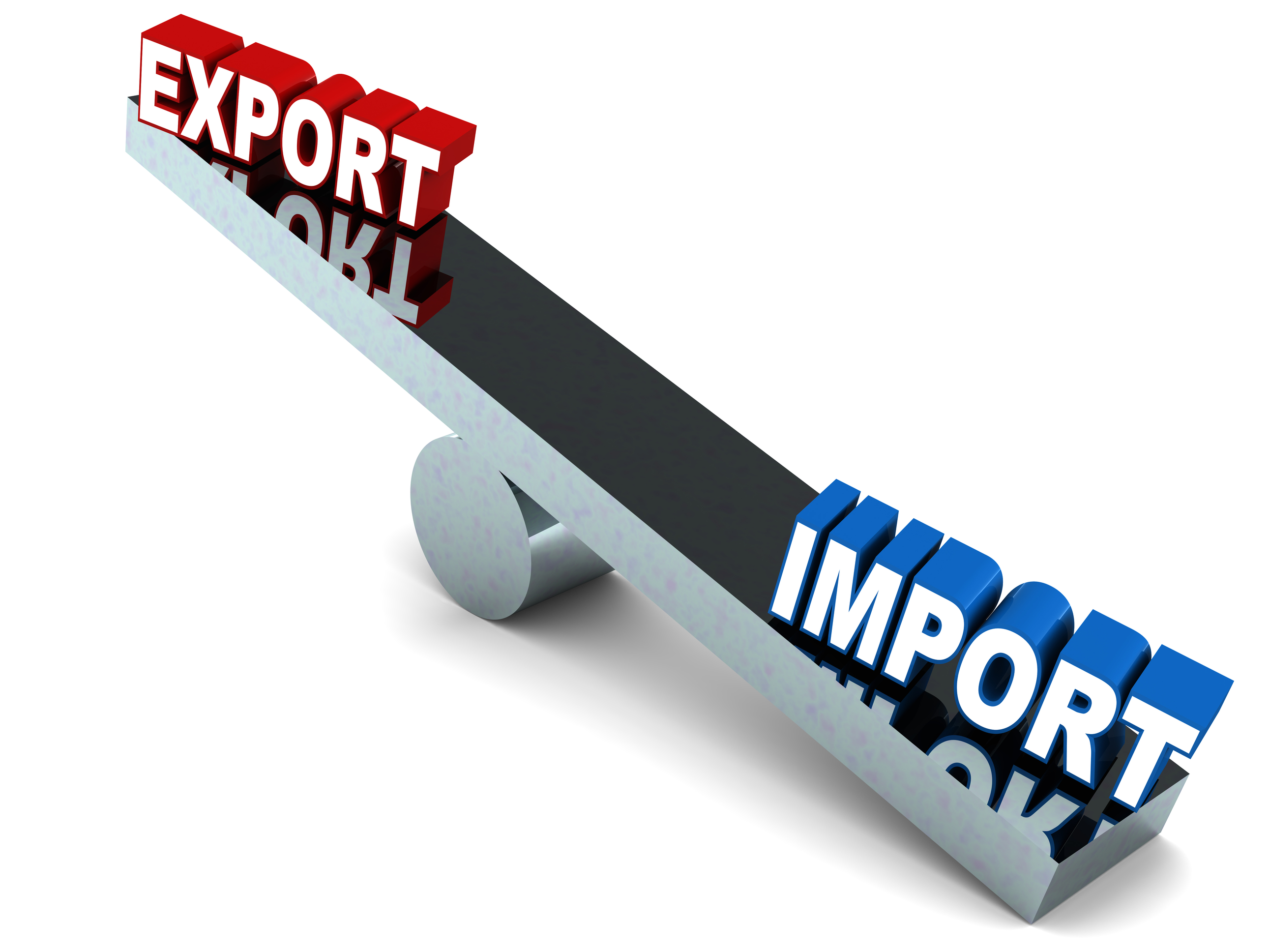Concept 37: Balance of Trade
Overview: In this lesson we explain why trade is not always equal and why it is not necessarily bad to import more than you export.
Learn
Beginner

Trade consists of two basic components: exports and imports. Exports are goods and services produced within a country (domestically) and sold to buyers in other countries. Imports are goods and services produced in other countries that are sold in a domestic market. For example, U.S. farmers export corn grown in Iowa to Europe, and U.S. refineries import oil from oil fields in Saudi Arabia.
Adding the value of all the goods and services a country exports and subtracting imports calculates the balance of trade. Balance of trade simply measures whether a country is exporting or importing more goods and services. It is a net measurement (exports minus imports) usually expressed in the exporting country’s currency.
A “negative” balance of trade means that the value of goods and services being imported is greater than the value of goods and services being exported. A “positive” balance of trade means that the value of goods and services being exported is greater than the volume of goods and services being imported. One position is not inherently better than another. The U.S. typically has a negative balance of trade and Germany often has a positive balance of trade but both countries have had significant economic growth in the last several decades.
Intermediate

The balance of trade encompasses both goods and services. Tangible goods, like cars or bananas, are sometimes easier to think about in terms of trade, but services play an important role as well. The United States exports a lot of services like consulting, banking, medical, entertainment, and educational services. Of the $2.5 trillion worth of goods and services that the U.S. exported in 2019, $876 billion of was services. In fact, the United States is a net exporter of services, exporting $876 billion of services in 2019 compared to $588 billion of imported services, although it is a net importer of goods.
Overall, the United States has had a negative trade balance, referred to as a trade deficit, for a long time. In 2019, the U.S. exported $2.5 trillion of goods and services and imported $3.1 trillion for a trade deficit of just under $600 billion. Remember that this measures trade between the U.S. and ALL countries. It is possible to have surpluses -- or greater or smaller deficits -- with individual countries.
Advanced

It’s important to note that a trade deficit or surplus is neither inherently good nor bad. Balance of trade is only one component of any country’s interactions with the rest of the world. Balance of payments is a more complete picture as it includes not just imports and exports, but also financial transactions conducted with other countries. A country’s Balance of Payments consists of two accounts: the current account and the capital/financial account.
Generally speaking, the current account is a country’s exports and imports, while the capital/financial account can be thought of as purely financial transactions (like stocks, investments, currency swaps, etc). The current account and the capital account always must balance each other. This is because everything the U.S. imports must be paid for in some way, and the U.S. must receive payment for everything we export.
Click a reading level below or scroll down to practice this concept.
Practice
Assess
Below are five questions about this concept. Choose the one best answer for each question and be sure to read the feedback given. Click “next question” to move on when ready.







